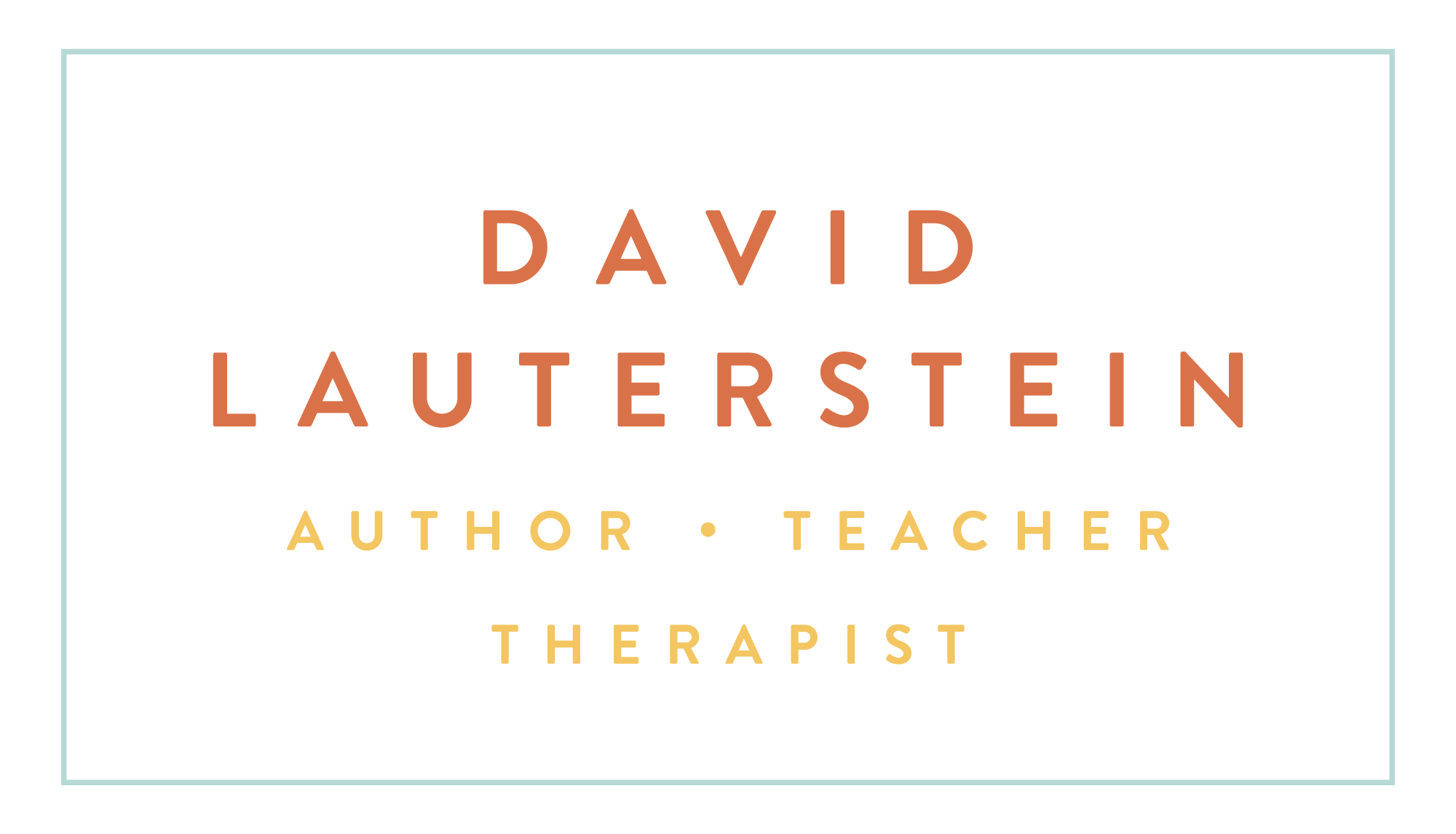Deep Lateral Rotators
Client: prone
Therapist: alongside, facing head
This technique is a series of fulcrums into the deep lateral rotators. Each, with the exception of the last, is done with the knee flexed to approximately 90 degrees.
So, facing the client’s left side, the left hand (particularly the supported middle phalanx of the index finger) will be the primary working tool and the right hand will mobilize the leg. The stroke direction is, within a somewhat small area, medial to lateral – gently but firmly stretching the deep muscles and fascia.
We will be working between the medial surface of the posterior ilium and the medial aspect of the greater trochanter.
Place the supported middle phalanx of the index finger on the back of the pelvis, about 1/3rd of the distance between the midline and the side of the body. Press gently into the piriformis muscle, which runs between the anterior sacrum and the greater trochanter. Take out the looseness in the tissue, take up the slack, then traction the tissue laterally. This will be a matter of only going about a half inch, so it looks more like you are shifting the angle of your arm, than actually moving the hand. Hold briefly or until you notice a working sign. Clearly disengage. Then, depending on the height the ilium, do 2-3 additional fulcrums into the deep lateral rotators, each just inferior to the last.
Finally, again assuming we are working on the left leg, take your right hand, working specifically with the supported middle phalanx of the index finger and place it on the lateral surface of the ischial tuberosity at the origin of the quadratus femoris (just “west” of the hamstrings’ origin). Your left thumb can “wrap” around the back of the greater trochanter and traction it laterally was part of this fulcrums. With your right hand, then, take out the looseness at the tuberosity, take up the slack, and traction quadratus femoris laterally until you reach the medial surface of the greater trochanter. Again this is a small but important opening in this area.
Purposes:
a) to deeply relieve tension held in buttocks and in adjoining areas (low back, sacro-iliac, pelvic floor, hip and thigh)
b) to lengthen the deep lateral rotators
c) to give a sense of openness and breath deep in the pelvic area
d) free the hara and the root chakra, encouraging energy flow through the lower back, pelvis, legs and feet
e) to enhance energy flow along the bladder meridians
f) to contact, through the piriformis, the anterior sacrum and allow more freedom in the relation of spine, pelvis and femur
Image Source: Training and Rehabilitation

